
Your Home, The Right Temperature: External Wall Insulation
Published on November 7, 2023
Posted in How To
by MKM
2 min read
If your home was built pre-1940, chances are that the walls are solid and let out a lot of heat, which ultimately means you are paying higher energy bills. Houses Built from 1940 onwards tend to have cavity walls and can be insulated by drilling holes in the outside walls and injecting insulation into the cavity.
So where does this leave those with older homes and their rising energy bills?
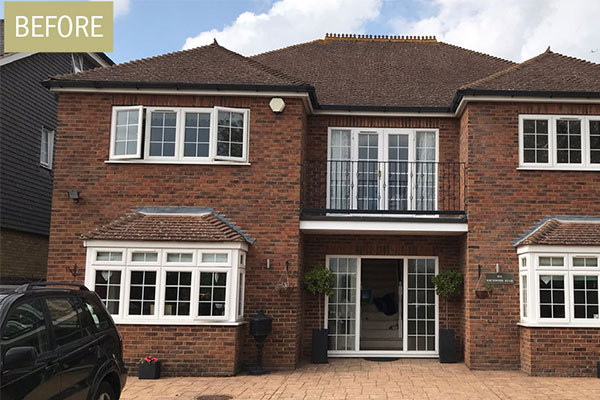
There are two main options:
Internal Wall Insulation, or External Wall Insulation.
Depending on your property, internal wall insulation may not be your ideal choice: Installing internal insulation can be disruptive and could mean losing period features such as deep skirting, picture rails, fitted detailed plaster coving.
Another option is External Wall Insulation (EWI). EWI covers the outside walls of your home, reducing heat loss and giving a fresh, new appearance at the same time. What's not to love?
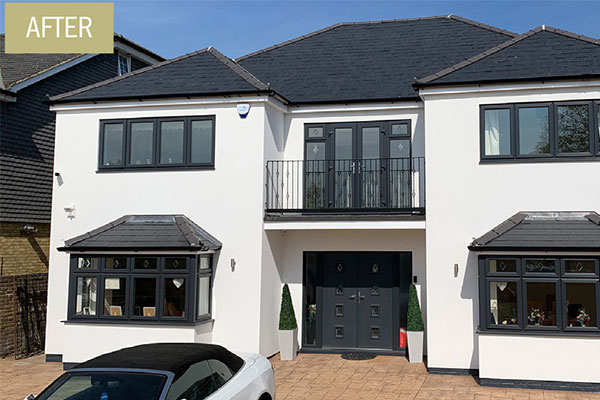
How does it work?
Insulating boards are placed on the external surface of all the vertical walls of a building which are then covered with a protective, decorative render. This protects the building from fluctuating weather conditions and reduces heat loss.

The benefits
With your existing solid walls, you may feel as though it gets too hot in Summer because warmth is retained and not released to the outside. With the EWI system, it will deflect the heat to keep the inside of the home cool and drafts reduced.
No one wants damp air in their home, which is why EWI helps balance the internal climate and regulate air humidity.
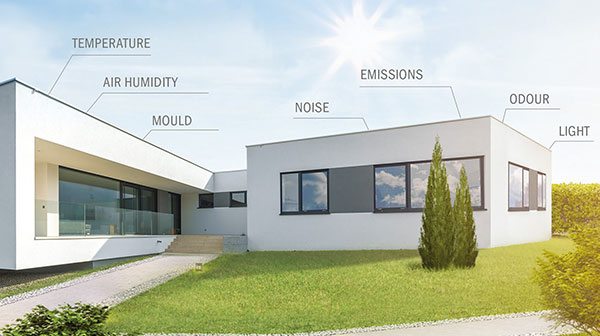
General Savings
You can save up to 50% on your energy costs by making these thermal improvements to your home.
For new build homes EWI systems are suitable for Passive House Standard or to achieve a zero-energy home. Passive houses require very little energy to achieve a comfortable temperature year-round and EWI’s can assist with this. The positive impact isn’t just financial but also environmental.
Minimise your energy consumption for heating and cooling, insulation significantly reduces CO2 emissions, making a positive impact on the environment for years to come. The carbon dioxide savings achieved by just one square meter of insulation equals the oxygen production of two trees over a year!
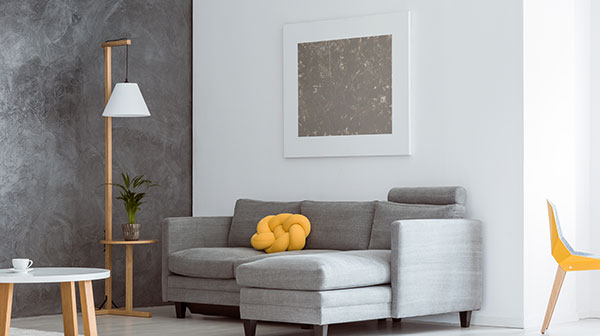
Fitting
An external wall insulation system is installed in several steps. For an average size home, the whole process will take 9-10 days’ work spread over 3-4 weeks to allow for drying:
- Removal of all external fittings
- The insulation slabs are the attached to the wall – either with an adhesive or mechanically
- A render of your choice is applied to cover and protect the insulation.
- Finally, all external fittings are replaced.
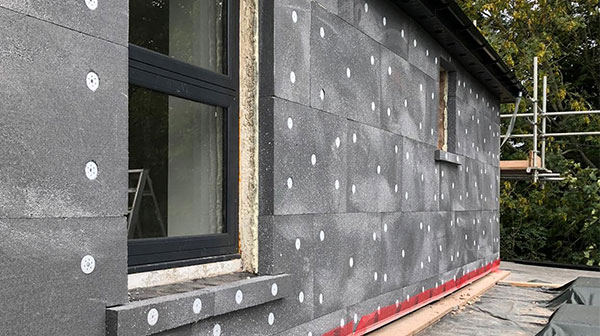
Take your pick! There are plenty of colours and texture finishes to suit your taste, from neutrals to whites, what will you choose?
For more information pop in to your local MKM branch.